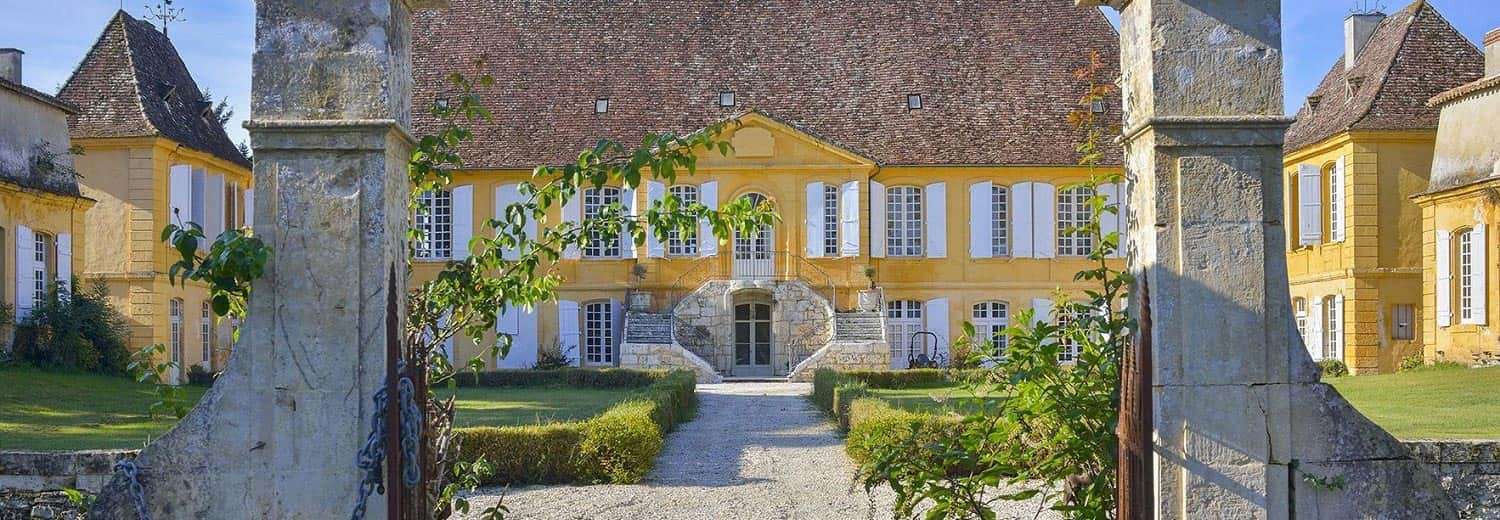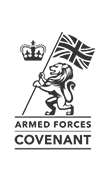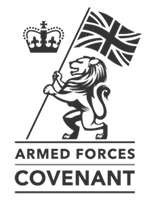Get a Quick, Free Quote
Rated 'Excellent'
on Trustpilot
ECMT International
Removals Permit
British Association
of Removers
Eco Friendly
Removals
Our Removals Service Includes…
For removals to and from Barbezieux-Saint-Hilaire.
Call Now 0808 175 1966
Barbezieux-Saint-Hilaire
A truly active town with so much to do and see
Barbezieux-Saint-Hilaire is a little town, but one which has a lot going on. It’s a beautiful little place, but one many people don’t discover unless they happen to stop off there on their way to Paris, Angoulême and Bordeaux. Barbezieux-Saint-Hilaire is an official stopover town in the Charente department.
There are many industries here, including furniture making, agricultural machinery, food packaging manufacturing, tech and dancewear making.
There’s lots to do, with a cinema, theatre, a music school, markets and fairs. There is a media library here, and three markets a week on Tuesdays and Fridays in the town centre, and Saturdays at Place du Champ-de-Foire. There are film-making workshops, handball, futsal, badminton, climbing, gymnastics and chess clubs, a history workshop and even a sustainable development workshop. Here you can take a course in aeronautics, or watch a range of sports at the town’s three stadia. Indoor and outdoor tennis a gym offering climbing, a weight room and a sports hall for ball games, plus riding stables provide a wide range of activities. You can also sign up for various martial arts classes.
The local hospital has more than 300 beds.
The town became Barbezieux-Saint-Hilaire in 1973, when Barbezieux merged with Saint-Hilaire.
It has been part of the National Stopover Village network since 2015, sitting on an important crossroads of secondary roads. Citram bus station on avenue Chanzy offers daily routes to Angoulême. Barbezieux is also the starting point of a 20-mile cycle route to Clérac (part of the TransEuropéenne).
The village of Saint-Hilaire is located about a mile from Barbezieux and has its own town hall.
There are also many hamlets here, including Peugemard, À Ponchet, À Giraud and Xandeville, Jadeau, Moreaux and À Baron.
The origin of the name is Berbecillia, “la Bergerie” – a breeding centre for sheep. The woollens of Saintonge were once famous, along with its brandy.
The town has about 5,000 residents, including Saint-Hilaire.
The area is an important producer of cognac and pineau. The town centre has a fair few shops, including a pharmacy, hair salons, a florist and supermarkets, including Lidl.
Probably its best known landmark is the Barbezieux castle, built on a slight hill in 1453 by order of Marguerite de La Rochefoucauld. The castle was partially destroyed in the 14th century and more of its fortifications were dismantled in 1820. However a gatehouse flanked by two towers crowned with battlements, and several outbuildings remain. After centuries of glory and a period of abandonment the building now houses an Italian theatre, an archaeological museum and a tourist office. The castle has been classified as a historical monument since 1913.
Saint-Mathias Church is also striking, with an enormous bell tower overlooking the old town. It’s a vast 12th century building with a steeple and font added in the 14th century. Visitors come here to view its 26 contemporary stained glass windows in shimmering colors, produced by the artist Georges Devêche of the Limoges stained glass workshop.
History of Barbezieux-Saint-Hilaire
The feudal lordship of Barbezieux was one of the most important in Saintonge – its lords were princes.
The Barbezieux line included a famous troubadour, Richard de Barbezieux, and Audouin IV, who supported Aimar d’Archiac in his fight against the count of Angoulême.
The grandson of Geoffroy, Guy de La Rochefoucauld, had to fight in his old age against the Cottereaux, who were brigands with long cutlasses. In 1440 traitors betrayed the town and allowed attackers in, and there is a ‘traitor’s door’ here. Guy was killed and his son Jean de La Roche created and army to restore order. Jean was a great captain who helped Charles VII drive the English out of France. He had two children, Georges and Marguerite.
Georges had no descendants, so when Marguerite married her cousin Jean de La Rochefoucauld, the area was finally all owned by the same family.
Jean de La Rochefoucauld helped King Louis XI to take Guyenne back from the English. After the ravages of the Hundred Years War and a new famine, Marguerite distributed wheat to the unfortunate and built the current castle to provide work for the local residents.
Jean died in 1472 and his son François became sponsor of the future king François I. In 1537 Charles de La Rochefoucauld inherited Barbezieux. He became famous in 1548, for fighting the rebels of the salt tax diplomatically.
Cardinal Richelieu owned the area in 1632, and improved the road from Paris to Bordeaux, crossing Barbezieux.
In the 18th century the marquisate of Barbezieux then included 25 parishes, producing 15,000 pounds of income.
The last of the lords of Barbezieux was Louis Alexandre de La Rochefoucauld, son of the Duke of Anville, appointed deputy of the nobility to the States General in 1789. Resigning and fleeing Paris, he was massacred in Gisors in 1792.
From 1790 to 1800, the town of Barbezieux was the district capital.
In 1829, in order to avoid the total destruction of the castle, the town of Barbezieux began negotiations with the Levraud family, then owner, and bought it from him in 1845. The main building was abandoned but the north gate and its two towers have been restored. The theatre was built on the old outbuildings. A hospital and a girls’ boarding school were also installed there.
Removals service near Barbezieux-Saint-Hilaire
Whatever your removal needs we can handle it – we’ve been moving people for nearly 50 years and know how to deal with any situation.
Call 0800 917 1015 or email enquiries@armishaws.com for a competitive quote and let us take the strain.
We can move you to or from anywhere in the UK or Europe, using our large modern fleet of vehicles. Our fifty full-time staff have all been trained to the highest standard in all aspects of moving your house, office or business.
Armishaws always work to the highest standards and are proud to have held the BSEN 12522 certificate since 1999.
For Free Advice and a Quotation call 0800 917 1015
Why move to Barbezieux-Saint-Hilaire?
Quite simply, this is a gem of a town, which can be overlooked because of its relatively small size. Yet Barbezieux-Saint-Hilaire is in an ideal position between larger towns, offering a village atmosphere but with all the facilities of a town.
Properties in Barbezieux-Saint-Hilaire
View properties for sale in Barbezieux-Saint-Hilaire.
Transport Links
The Compagnie des Charentes station is on the line connecting Châteauneuf to Saint-Marien.
It has been part of the National Stopover Village network since 2015, sitting on an important crossroads of secondary roads.
Citram bus station on avenue Chanzy offers daily routes to Angoulême. Barbezieux is also the starting point of a 20-mile cycle route to Clérac (part of the TransEuropéenne).
Local Events
There are many sporting fixtures around here, as the town supports many sports clubs. Markets are held here three times a week.
Schools near Barbezieux-Saint-Hilaire
There are two private schools here, plus a primary school, two colleges, a secondary school and a high school offering higher and vocational courses.














